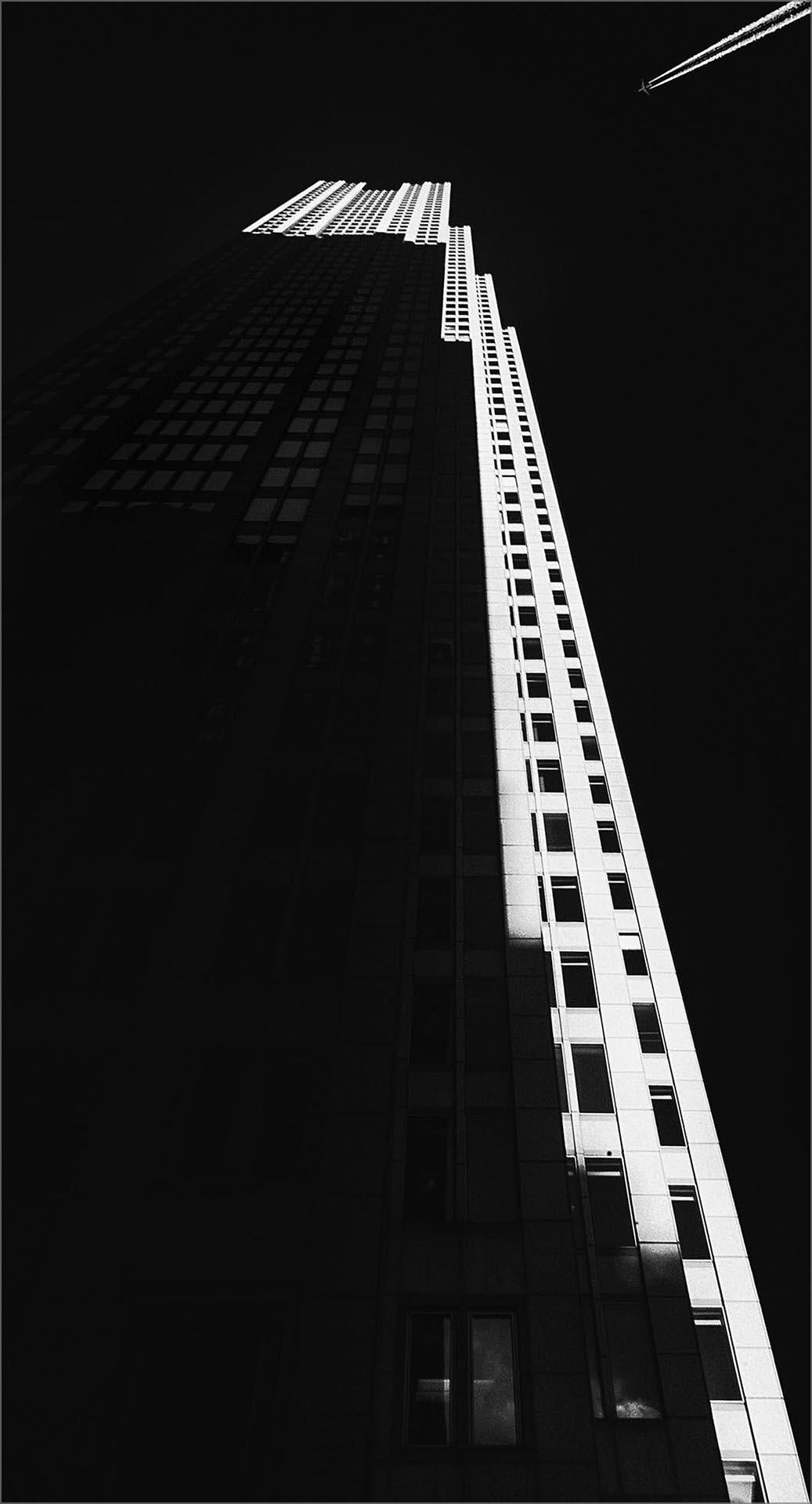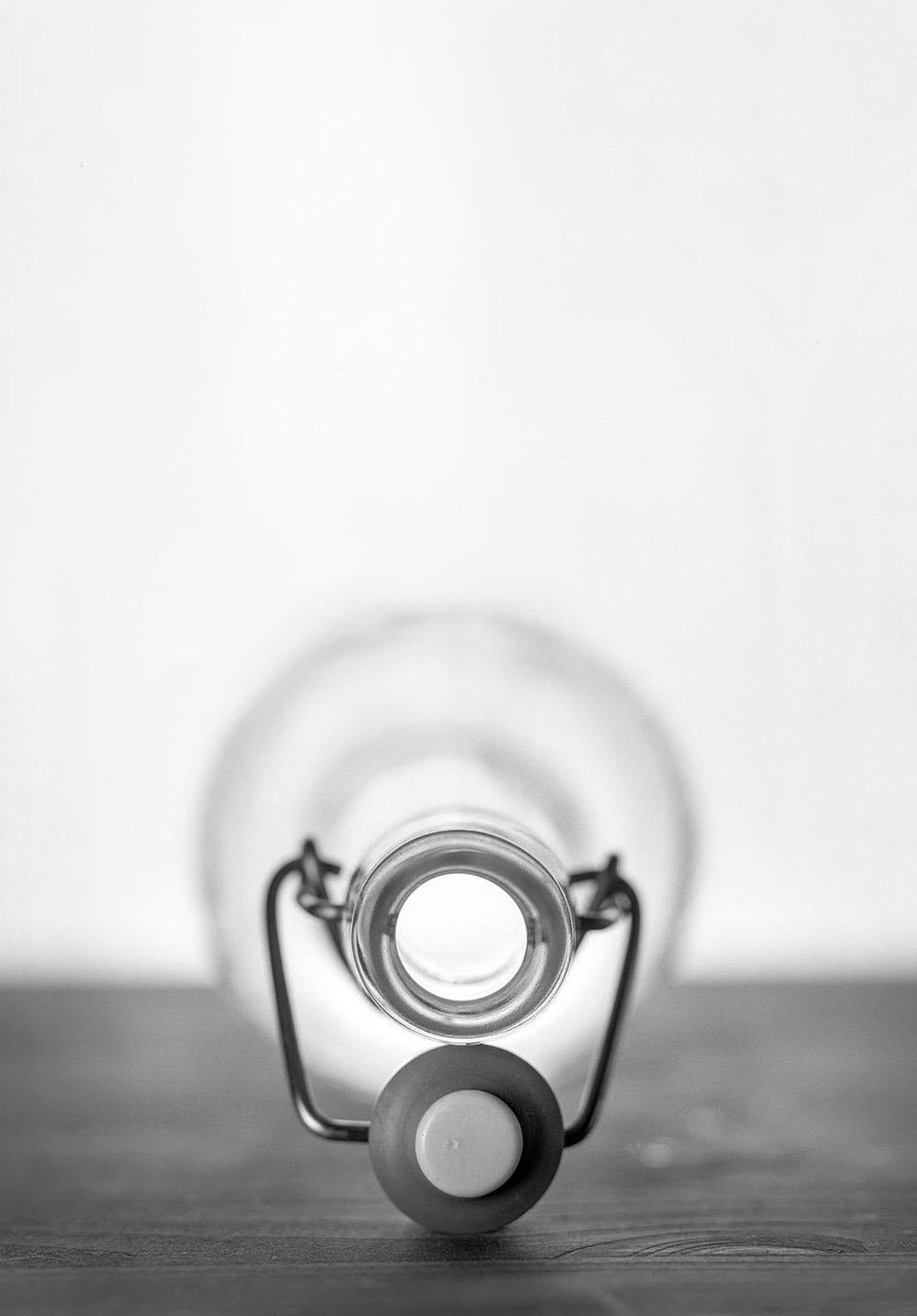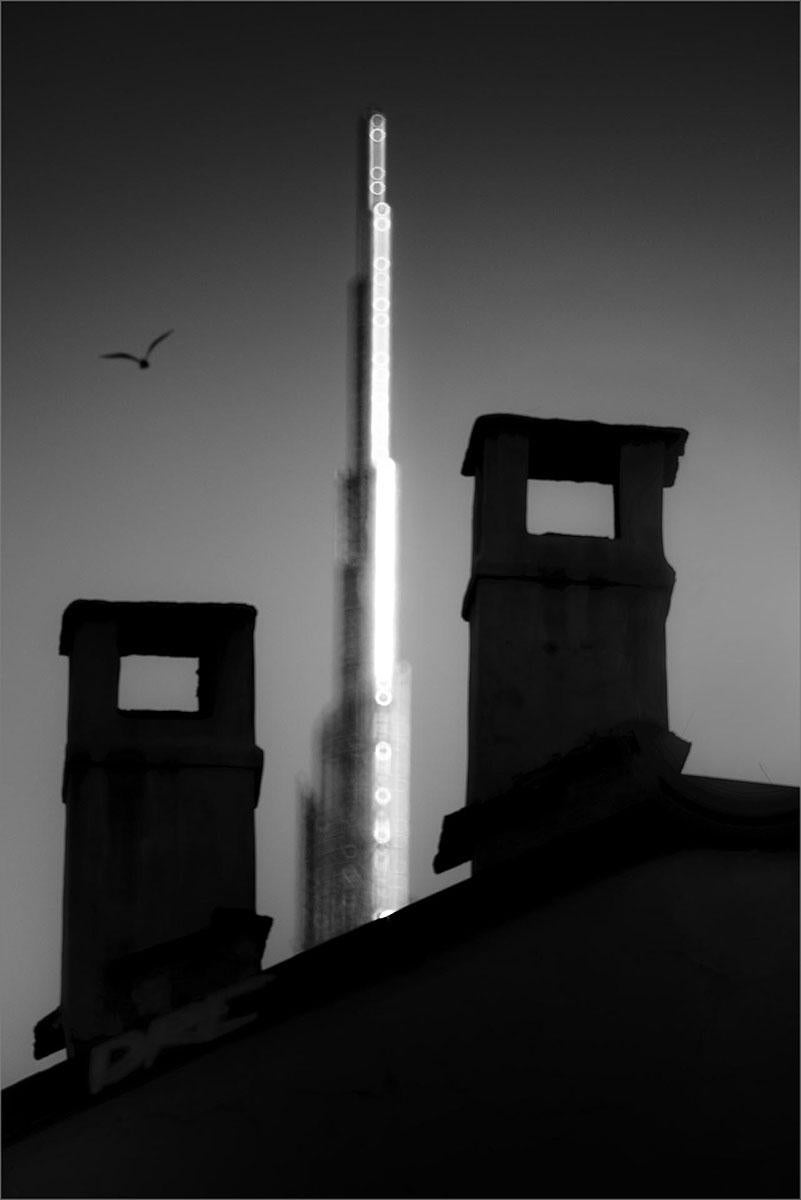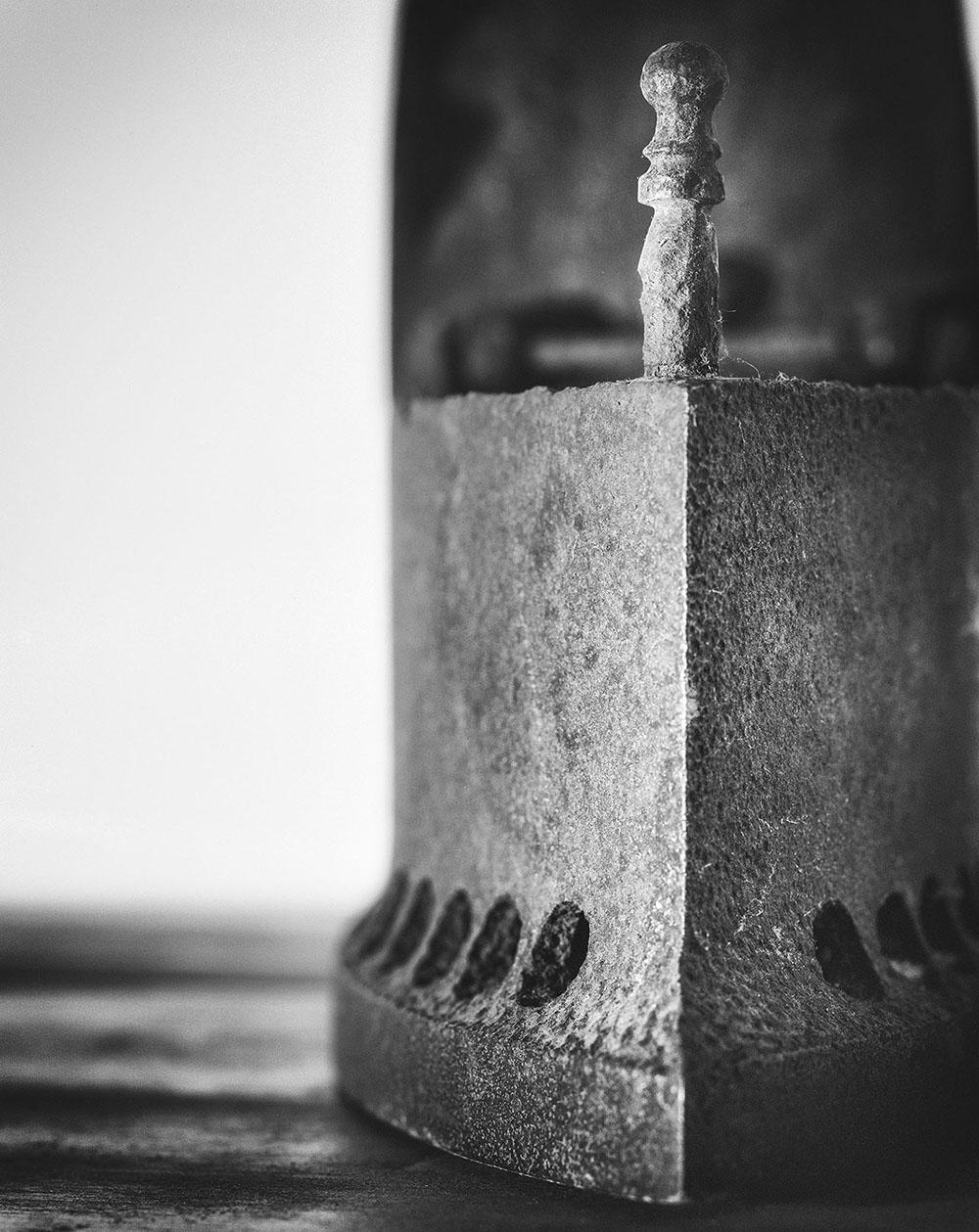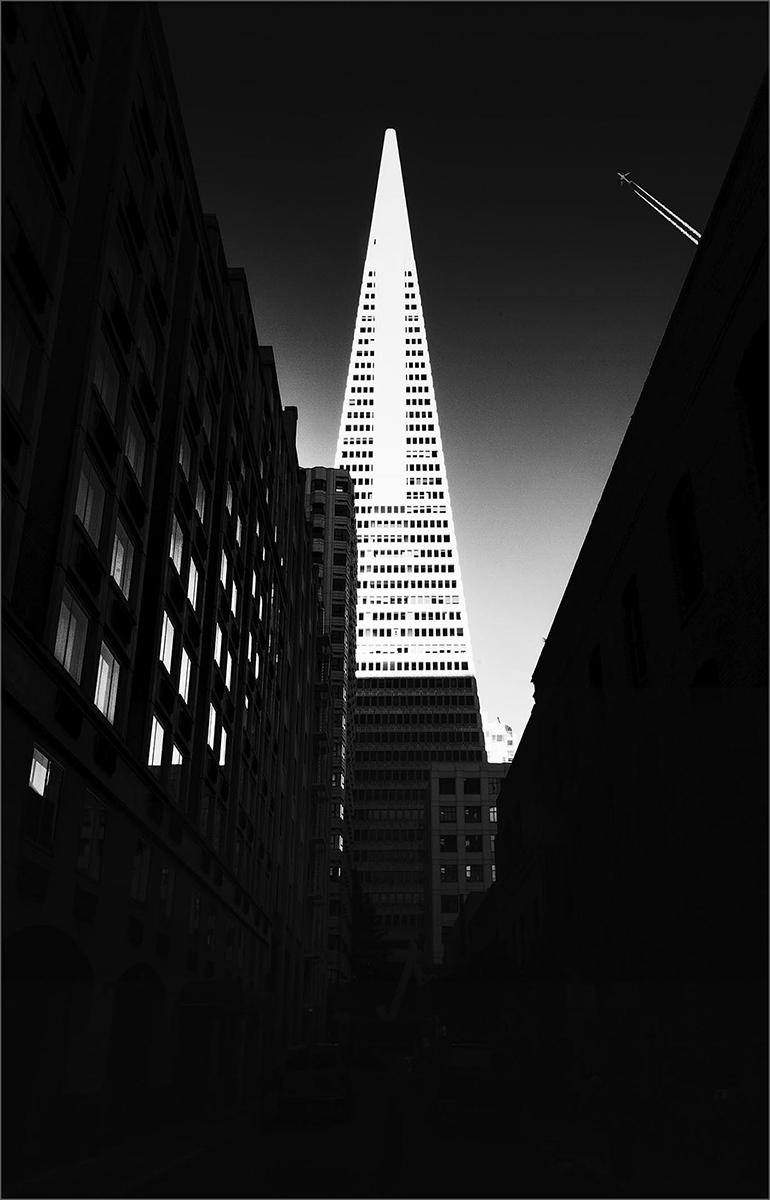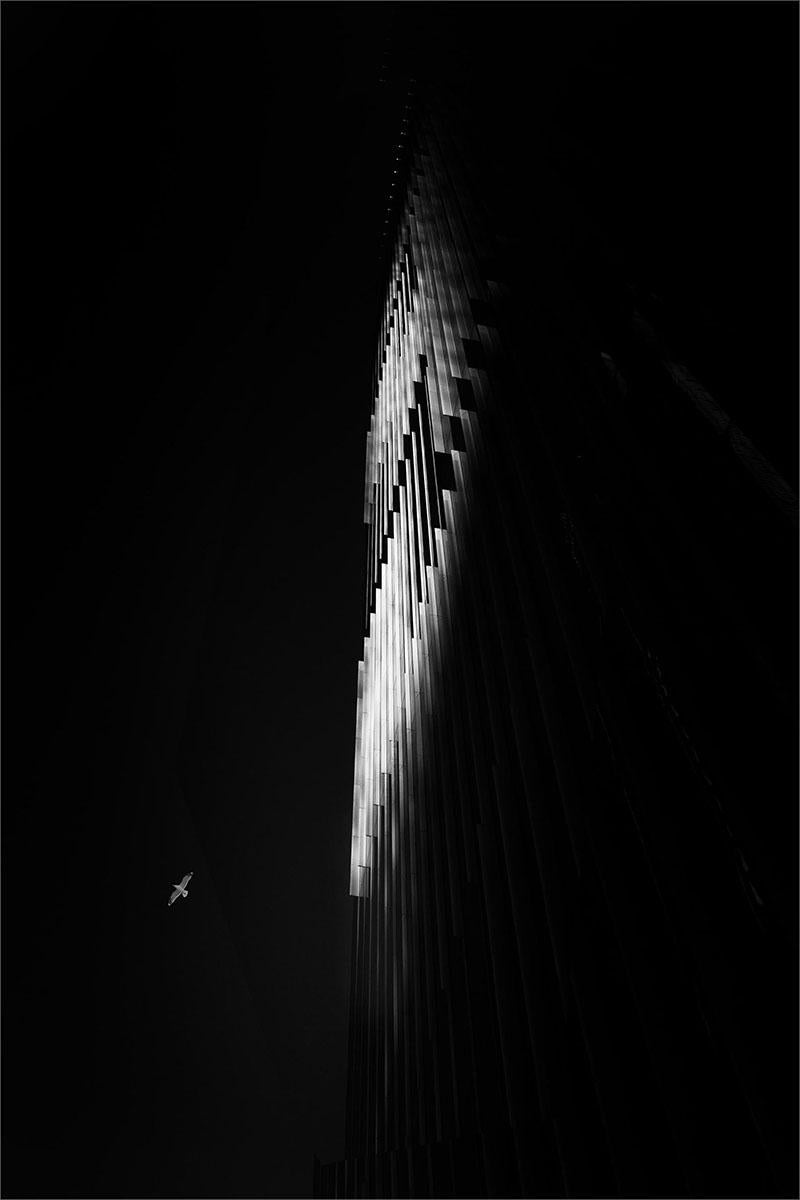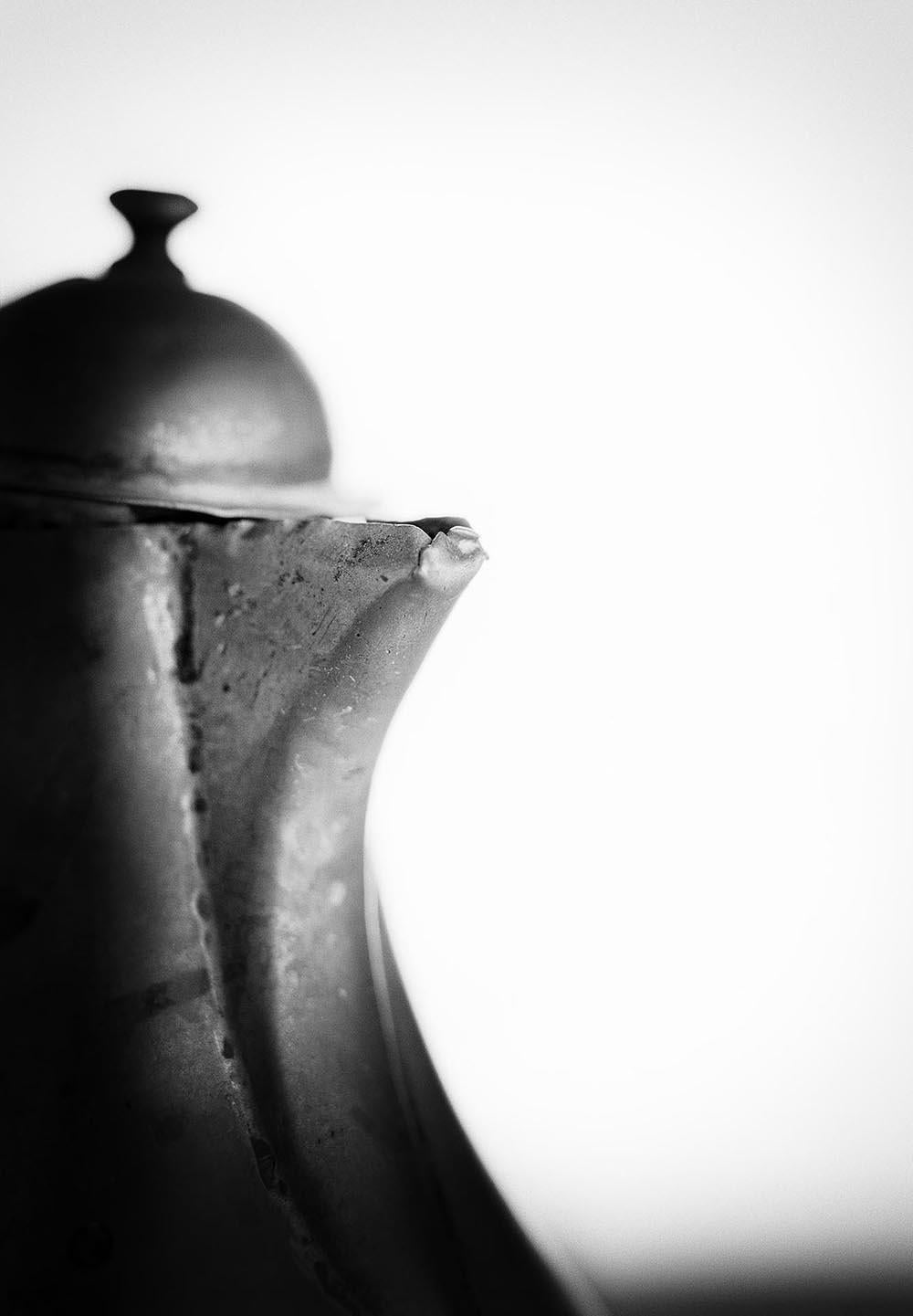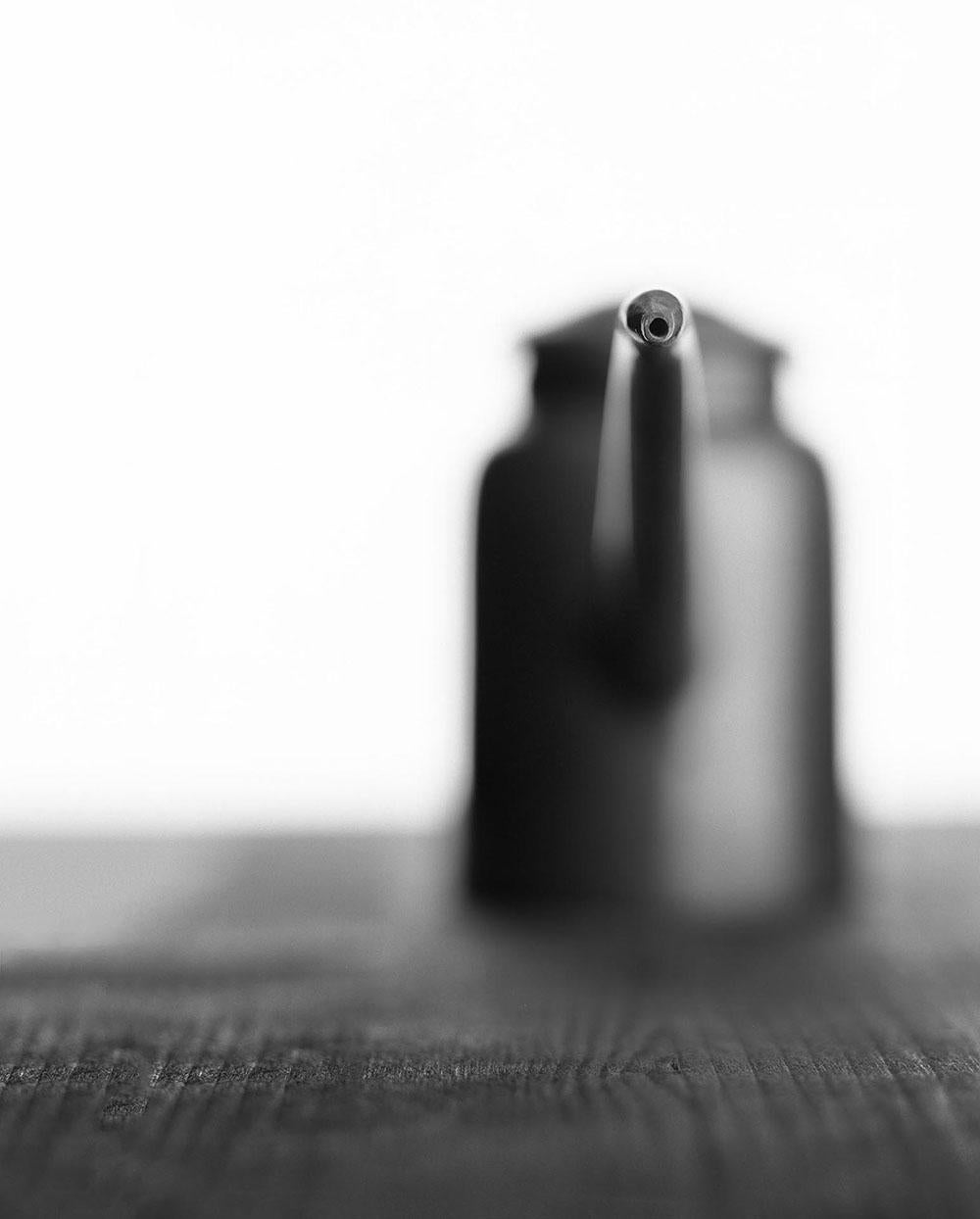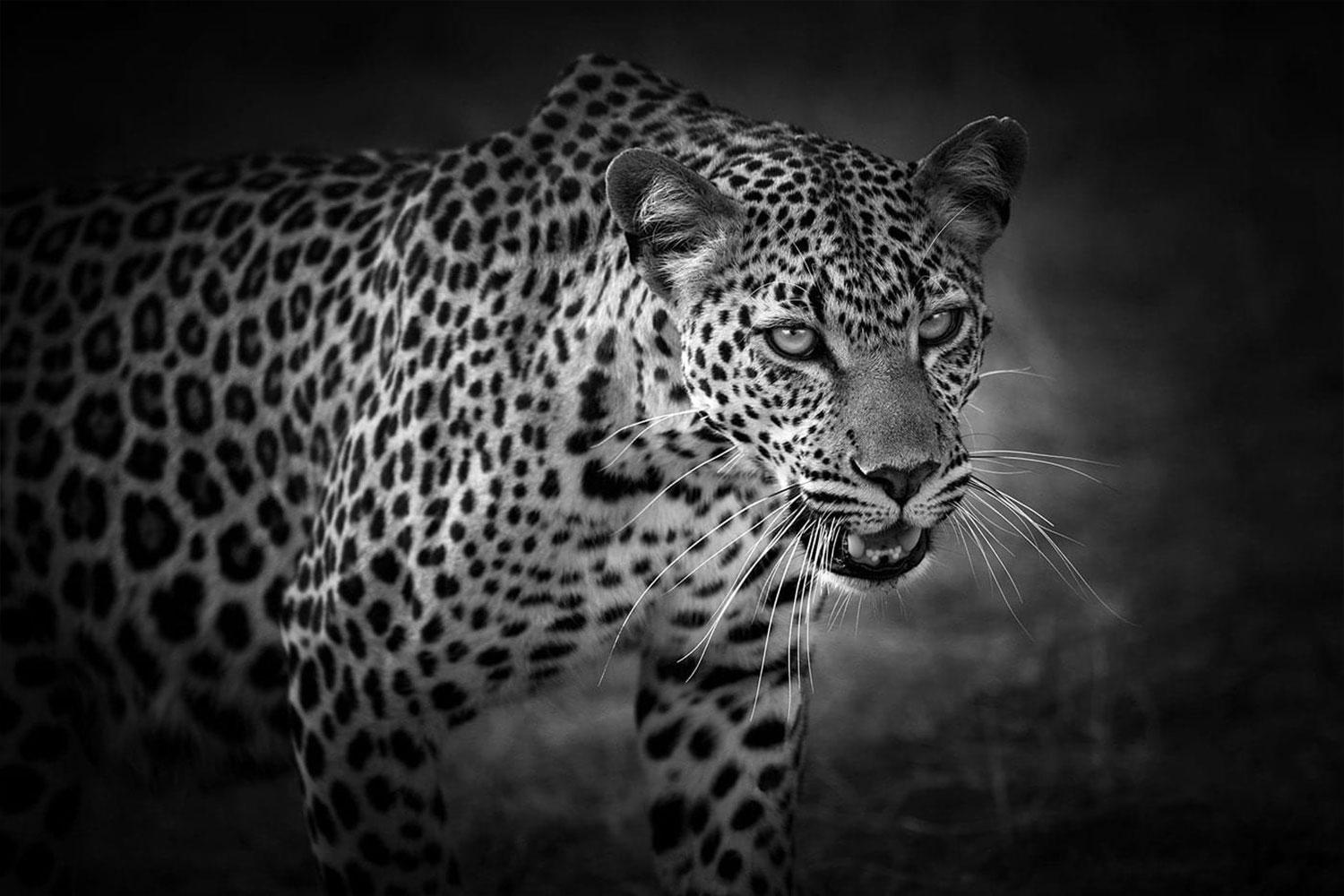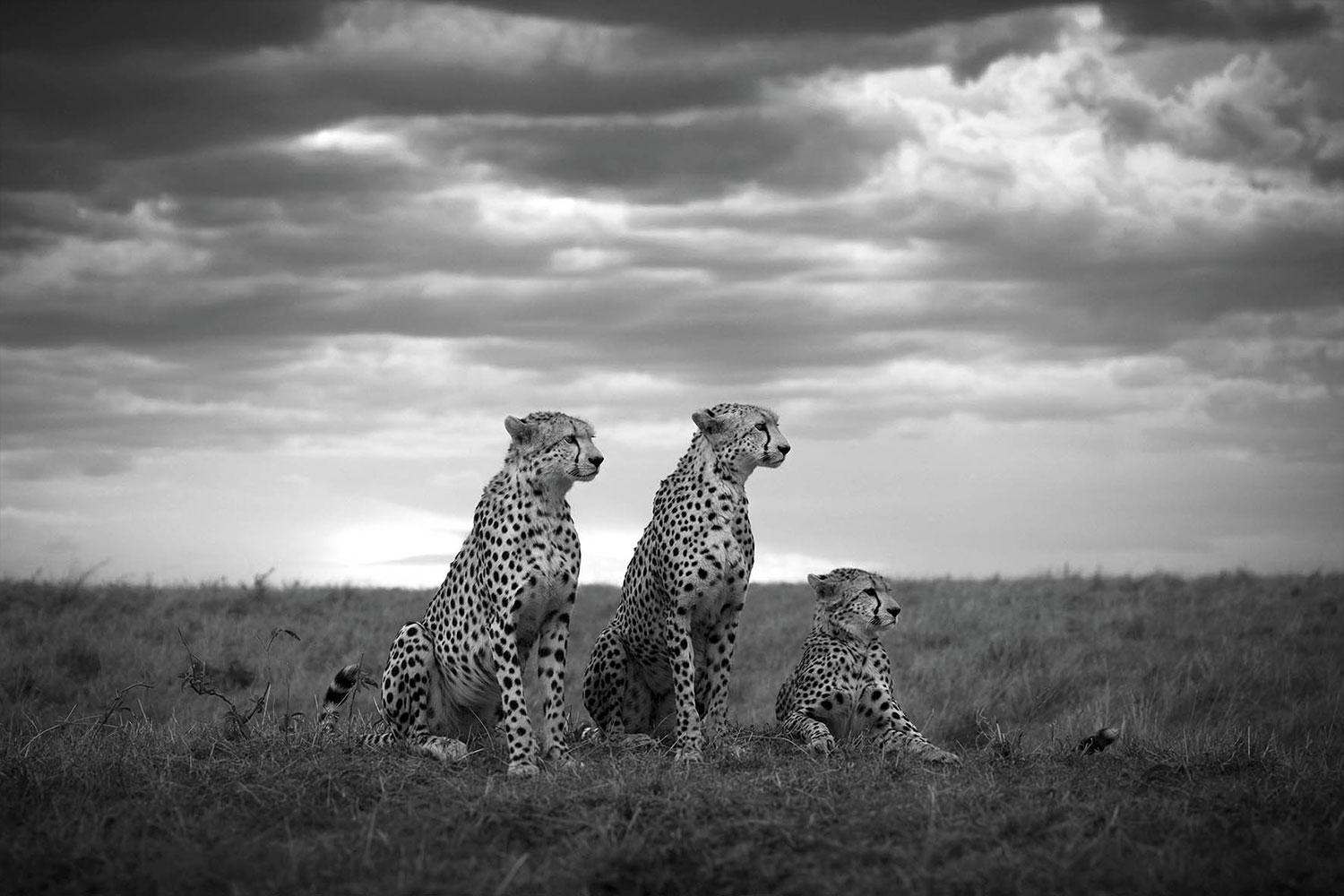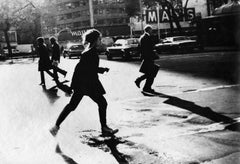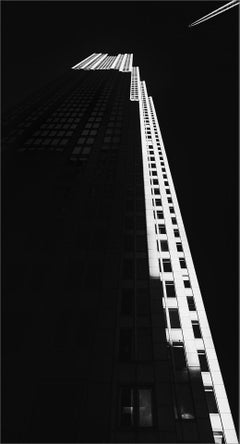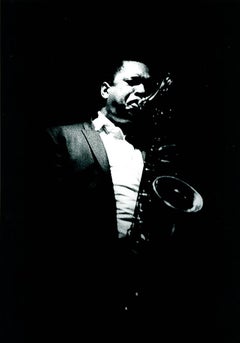
John Coltrane photograph Detroit 1966 (Coltrane Jazz photograph)
View Similar Items
Want more images or videos?
Request additional images or videos from the seller
1 of 6
Leni SinclairJohn Coltrane photograph Detroit 1966 (Coltrane Jazz photograph)printed later
printed later
About the Item
- Creator:Leni Sinclair (1940, German)
- Creation Year:printed later
- Dimensions:Height: 14 in (35.56 cm)Width: 11 in (27.94 cm)
- Medium:
- Movement & Style:
- Period:
- Condition:Very good.
- Gallery Location:NEW YORK, NY
- Reference Number:1stDibs: LU35439887272
About the Seller
5.0
Vetted Seller
These experienced sellers undergo a comprehensive evaluation by our team of in-house experts.
Established in 2014
1stDibs seller since 2016
4,240 sales on 1stDibs
More From This SellerView All
- Williamsburg Bridge Photograph Brooklyn 1973By Fernando NataliciLocated in NEW YORK, NYWilliamsburg Bridge, 1973 by Fernando Natalici The simplicity & grace of this iconic New york landmark rendered timeless by the snap of the camera...Category
1970s Contemporary Black and White Photography
MaterialsInkjet
- John Waters Baltimore 1985 (John Waters photograph)By Fernando NataliciLocated in NEW YORK, NYFernando Natalici: John Waters, Baltimore 1985: John Waters was born in 1946 in Baltimore, where he continues to live and work. Exhibitions include the Wex...Category
1970s Contemporary Black and White Photography
MaterialsInkjet
- New York Union Square photograph 1984 (Manhattan photograph)By Fernando NataliciLocated in NEW YORK, NY'The Girl In Union Square' shot Manhattan, 1984 by heralded New York downtown photographer, Fernando Natalici: The simplicity & grace of the anonymous passer-by rendered timeless by the snap of the camera. A window into a street photographer's decisive moment. A window into, not only the New York of 'then', but the beauty & chaos of everyday city life... Archival Inkjet Print. 13 x 19 inches (image: 12 x 18 inches). Hand signed from an edition of 20. Excellent condition. Obtained directly from artist. Seller is a primary dealer rep of the artist. New York based photographer Fernando Natalici is best known for his iconographic documentation of the downtown Manhattan art scene of the mid/late 70's and early 80's. Natalici’s portfolio includes sought after images of a young Patti Smith, Blondie, Talking Heads, Keith Haring, The Ramones and more. As an Art Director, Fernando has played a key role in creating memorable visuals for historic NY venues such as CBGB's, The Mudd Club, Area and Danceteria. Related Categories William Klein. Henri Cartier Bresson. Saul Leiter...Category
1980s Contemporary Figurative Photography
MaterialsInkjet
- Bahia Brazil Photograph (Boy and Dog, Summer)By Fernando NataliciLocated in NEW YORK, NYFernando Natalici, "Boy and Dog," Bahia, Brazil 1998: Artist Notes: "I was walking on the beach late afternoon with my friend Geralyn from New York near t...Category
1990s Contemporary Black and White Photography
MaterialsInkjet
$420 Sale Price20% Off - John Coltrane photograph Detroit 1966 (Coltrane Jazz photograph)By Leni SinclairLocated in NEW YORK, NYLeni Sinclair John Coltrane photograph 1966: Jazz great John Coltrane emerging from the shadows: Detroit, Michigan 1966. A superb silhouette like image shot by storied Detroit photo...Category
1960s Contemporary Black and White Photography
MaterialsInkjet
- BASQUIAT photograph 1979 (Basquiat Gray photograph Nicholas Taylor)By Nicholas TaylorLocated in NEW YORK, NYBasquiat and Gray at Hurrah's: New York, 1979 by Nicholas Taylor: A rare, intimate look at Jean-Michel Basquiat's history as a musician - this work was one of four Taylor photo's chosen for exhibit at the much noted, Basquiat: Boom For Real exhibition at London's Barbican Centre. This work has been featured in numerous major publications on Basquiat. Archival Inkjet Print. 16 x 20 inches (dimensions include a an approx 2 inch border). Hand signed & numbered from an Edition of 10 (+ 5 APs). Excellent condition. Provided directly by Nicholas Taylor (represented by listing dealer Lot 180 Gallery NY). Nicholas Taylor (American, b. 1953) is a renowned photographer and musician. Taylor moved to New York in 1977 to pursue a career as a photographer and it was through the vibrant New York art scene that he came to know the young artist, Jean-Michel Basquiat. It was, in fact, his intimate portfolio of photographs documenting his friendship with Basquiat that rocketed Taylor to fame. The two would collaborate in the No Wave band “Gray” before Taylor launched a successful career as a DJ famous for track-looping (named DJ High Priest by Basquiat). His track “Suicide Mode” would later be used in the soundtrack for Julian Schnabel’s 1996 film “Basquiat." Exhibitions: Basquiat: Boom For Real at the Barbican Centre, London (9/21/17- Present) Literature/Catalog Raisonne: Basquiat: Boom For Real (Show catalog; Eleanor Nairne/Dieter Buchart) Jean-Michel Basquiat: King For A Decade (Taka Kawachi) Jean-Michel Basquiat: 1981, Studio of The Street (Diego Cortez) For further history on Basquiat's and Gray please see: "Gray Matters...Category
1980s Contemporary Black and White Photography
MaterialsInkjet
You May Also Like
- Cages /PhiladelphiaLocated in Milano, MIThe iconic buildings of modern architecture are wonderful. No doubt. Every single line is designed to create a result of power, glory, and undisputed beauty. Are you sure? … By quest...Category
2010s Contemporary Black and White Photography
MaterialsBlack and White, Inkjet
- Cages /San FranciscoLocated in Milano, MIThe iconic buildings of modern architecture are wonderful. No doubt. Every single line is designed to create a result of power, glory, and undisputed beauty. Are you sure? … By quest...Category
2010s Contemporary Black and White Photography
MaterialsBlack and White, Inkjet
- Cages /Tel AvivLocated in Milano, MIThe iconic buildings of modern architecture are wonderful. No doubt. Every single line is designed to create a result of power, glory, and undisputed beauty. Are you sure? … By quest...Category
2010s Contemporary Black and White Photography
MaterialsBlack and White, Inkjet
- Still Lives n. 4Located in Milano, MIThe “Still Live” photographs” are a manifesto of slowness, of the pleasure of observation, of recovery of reflection. Giangiacomo Rocco di Torrepadula takes an everyday object from his household, one that appears to no longer be useful because it is old, broken or only kept for its sentimental value. He places it in a space and makes use of his monorail camera. Before taking the shot, he studies the object calmly, engaging in an intimate dialogue with it until he finds a view that gives it a new life. It is hard to get it right the first time. All the various attempts are measured, calculated, slow. Speed does not belong to the monorail camera. Each attempt is well thought out, then developed in a darkroom and scanned using a special technique to bring out the image. It can take several days to get the right result. But these are days that have the pleasure of slowly rediscovering a past that you somehow manage to reclaim. Here, we are a long way away from the execution speed typical of digital and even further away from the frenetic exploitation of images on social media. The result is an image that erupts with its wealth of detail, which is especially explosive when printed in large format. The object becomes seductive, often turning into something else entirely, that may not be immediately perceptible. The perspective, the details, the light, all stimulate the observer to actively participate in this new vision. Far from being a nostalgic interpretation, the work leads the viewer to investigate the form, to pause, to observe the details, to get lost in the haziness, and in so doing, to regain possession of their time in a gesture of profound observation. In this hectic, busy, fast-paced world, nothing ever stops making sense...Category
2010s Contemporary Black and White Photography
MaterialsBlack and White, Inkjet
- Still Lives n. 3Located in Milano, MIThe “Still Live” photographs” are a manifesto of slowness, of the pleasure of observation, of recovery of reflection. Giangiacomo Rocco di Torrepadula takes an everyday object from his household, one that appears to no longer be useful because it is old, broken or only kept for its sentimental value. He places it in a space and makes use of his monorail camera. Before taking the shot, he studies the object calmly, engaging in an intimate dialogue with it until he finds a view that gives it a new life. It is hard to get it right the first time. All the various attempts are measured, calculated, slow. Speed does not belong to the monorail camera. Each attempt is well thought out, then developed in a darkroom and scanned using a special technique to bring out the image. It can take several days to get the right result. But these are days that have the pleasure of slowly rediscovering a past that you somehow manage to reclaim. Here, we are a long way away from the execution speed typical of digital and even further away from the frenetic exploitation of images on social media. The result is an image that erupts with its wealth of detail, which is especially explosive when printed in large format. The object becomes seductive, often turning into something else entirely, that may not be immediately perceptible. The perspective, the details, the light, all stimulate the observer to actively participate in this new vision. Far from being a nostalgic interpretation, the work leads the viewer to investigate the form, to pause, to observe the details, to get lost in the haziness, and in so doing, to regain possession of their time in a gesture of profound observation. In this hectic, busy, fast-paced world, nothing ever stops making sense...Category
2010s Contemporary Black and White Photography
MaterialsBlack and White, Inkjet
- Still Lives n. 2Located in Milano, MIThe “Still Live” photographs” are a manifesto of slowness, of the pleasure of observation, of recovery of reflection. Giangiacomo Rocco di Torrepadula takes an everyday object from his household, one that appears to no longer be useful because it is old, broken or only kept for its sentimental value. He places it in a space and makes use of his monorail camera. Before taking the shot, he studies the object calmly, engaging in an intimate dialogue with it until he finds a view that gives it a new life. It is hard to get it right the first time. All the various attempts are measured, calculated, slow. Speed does not belong to the monorail camera. Each attempt is well thought out, then developed in a darkroom and scanned using a special technique to bring out the image. It can take several days to get the right result. But these are days that have the pleasure of slowly rediscovering a past that you somehow manage to reclaim. Here, we are a long way away from the execution speed typical of digital and even further away from the frenetic exploitation of images on social media. The result is an image that erupts with its wealth of detail, which is especially explosive when printed in large format. The object becomes seductive, often turning into something else entirely, that may not be immediately perceptible. The perspective, the details, the light, all stimulate the observer to actively participate in this new vision. Far from being a nostalgic interpretation, the work leads the viewer to investigate the form, to pause, to observe the details, to get lost in the haziness, and in so doing, to regain possession of their time in a gesture of profound observation. In this hectic, busy, fast-paced world, nothing ever stops making sense...Category
2010s Contemporary Black and White Photography
MaterialsBlack and White, Inkjet
Recently Viewed
View AllMore Ways To Browse
Chanel 1962
Cynthia Gregory
Hermes Paris Bombay 37
Jim Klein
Beatles On Horses
Hombre Blanco
Jane Wyman
Lullaby Due
Retro Mug Shots
Best Classic Womens Watches
Black Evenings Size 12
Michael Kenna Versailles
Mohammad Reza Shah
William Huddle
Burlesque Vintage Photos
Charles François Daubigny On Sale
Kitten Heels Mules Slippers
Lauren Bacall Photos Vintage
